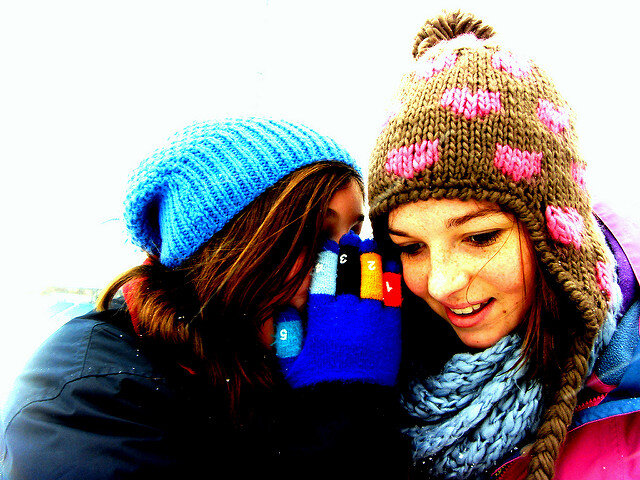You Never Forget Your First Time (With VR)
Two and a half years later, I still remember my first VR experience. I can see the dome at MOMA PS1 with the experience projected on the walls and still hear EMA’s songs; the feeling of controlling the narrative and still seeing things out of the corner of my eye after I left and got on the train remains in my mind.And I’m not the only one who describes my maiden VR voyage in rhapsodic detail -- one person I know speaks about looking out of the sunroof in the Volvo experience as a life-altering experience, while another recalls the moment the whale swam over her head in the Blu. I gave a six-year old a Google Cardboard at a party a few weeks ago, and she couldn’t put it down; her mom said that it would probably take the place of her iPad in the hierarchy of screens to stare at.https://www.youtube.com/watch?v=Wuln2bJkp1kAll anecdotal, sure, and maybe I just happen to know a lot of people who love being in the headset. But if you’re a brand or an agency or an entertainment company, consider this: when was the last time you could offer a huge percentage of your audience something completely new?The oft-cited statistic that VR hasn’t been embraced by the masses yet is used to dismiss it. But thinking of it another way, this means it’s virgin territory for many potential users. We all remember our first cars, our first loves, the first cool website we saw -- and brands have the opportunity to be the ones to bring someone their first VR experience.Take my friend’s Volvo experience. He tells people about it all the time, and always refers to the brand. It’s totally organic marketing, because he was so genuinely excited about it that he wants to share it, and that creates a huge multiplier effect. If your audience is legitimately thrilled to share something, then their peers will want to check it out as well. That word of mouth is worth so much more than force-fed ads that many people can simply tune out instead.You can skip right past TV ads. Even quality mobile and web advertising runs the risk of you minimizing a window. Clever social media stunts have become fairly commonplace. Snapchat’s branded storytelling has become the baseline expectation on the platform. Despite its continued innovation, there’s nothing necessarily “new” about those stories. We’ve seen it all before, at some point. One of the biggest arguments against immersive VR is that it will only be available to a limited number of people. But again, that can be spun into an argument in favor of it. Giving a select group of people something amazing and exclusive will make them far more likely to go out and evangelize it, and create a sense of wonder among their peers. Those peers will start clammering to get their hands on it, and before you know it, people are snapping up headsets just to see what all the fuss is about.Word of mouth marketing is still the most trusted form of brand-related interaction. A Nielsen study last year revealed that 82% of Americans look for friends and family recommendations before making purchases. And 67% are more likely to purchase a product a friend or family member has digitally shared.This window of opportunity won’t last long. As more brands start to play in VR, the novelty factor is bound to wear off. Of course, this doesn’t mean it’s a fad, either. Great VR experiences will simply become part of any good campaign. But by moving quickly, brands can create an impression that lasts.
One of the biggest arguments against immersive VR is that it will only be available to a limited number of people. But again, that can be spun into an argument in favor of it. Giving a select group of people something amazing and exclusive will make them far more likely to go out and evangelize it, and create a sense of wonder among their peers. Those peers will start clammering to get their hands on it, and before you know it, people are snapping up headsets just to see what all the fuss is about.Word of mouth marketing is still the most trusted form of brand-related interaction. A Nielsen study last year revealed that 82% of Americans look for friends and family recommendations before making purchases. And 67% are more likely to purchase a product a friend or family member has digitally shared.This window of opportunity won’t last long. As more brands start to play in VR, the novelty factor is bound to wear off. Of course, this doesn’t mean it’s a fad, either. Great VR experiences will simply become part of any good campaign. But by moving quickly, brands can create an impression that lasts.

